REVIEW – We first jumped off the top of the train with Cloud 27 years ago to blow up that very first reactor with the others. Now, in 2020, the time has finally come for Cloud: the silent, stoic, mysterious and cynical ex-SOLDIER and Mercenary, the sexy Tifa, the innocently beautiful Aeris, the big-mouthed, machine-gun handed African-American Barrett. With the other members of the ecoterrorist group, we strike again in the world of Midgar, fighting the Shinra corporation and strange mysterious enemies. All this, of course, adapted to the quality needs of the end of this console generation…
Pollution, the relentless exploitation of the planet’s treasures, and the ecoterrorism that strikes in response to all of this – somewhere it’s surprising how topical today these topics are, and much more, tucked away in 1997’s Final Fantasy VII and its finally released Remake. The classic game devised by Tetsuya Nomura and other Square developers and the world of Final Fantasy VII Remake that offers escalation are classic JRPGs with beautiful female characters and also with a handsome protagonist guy (as we’ve become accustomed to in JRPGs), but at the same time, the game portrays a real modern society and has a social critique which is not so much hidden.
Poor and rich people
Before I go into the intricacies of the story, gameplay, combat system, and graphics, it’s worth explaining a little bit about what makes this Final Fantasy part so special to this day. The world of Midgar, which can be explored in the game – unlike other more fabulous JRPGs, can be very mapped to our world of today, especially when you look at countries (and capital) like Brazil, where the rich party district, neon-lit entertainment districts are at hard contrast with the industrial city parts and the slum of the poor. In Midgar, the same can be found, and if possible, the slums are even more striking here, with the poor trying to find food in the trash, ragged destitute people living in the street, and miserable apartment buildings, half-cut concrete pipes, shabby wagons. At the same time, the people here are not unhappy, they try to live as happily as possible even in such conditions, they just want to be left alone.
There is also (more or less…) a smaller commando of the Avalanche eco-terrorist organization, which is trying to blow up the power plants that pump the raw material on the planet outwards, thus slowly destroying the planet itself. Familiar, right?
Final Fantasy VII Remake is the game that addresses those themes. A series of conflicts that today are as much or more in force than in 1997. As Cloud, a former soldier, we accepted the order to join the ecoterrorist group Avalanche, to put a series of bombs on the city’s reactors, that absorb the Mako, the energy of the planet. The game is about the causes and consequences of our actions, committing more than the original work to the meaning of the actions. Barret explains it perfectly in a moment, contemplating the wonderful landscape that the city of Midgar gives off. “It is a beautiful and terrifying sight.” Technology and human progress are one of our greatest pride as a race. The question is whether the price to pay for it is justified.
I had a certain idea of what Final Fantasy VII Remake would be like, and to some extent he has lived up to it. It does not evade political or ethical issues, nor does it whitewash the main characters as I feared, although at some point I am tempted, like that modification of the story we saw in the demo. The game remains steadfast in that spirit of the struggle between progress and those left behind, without forgetting those who have lost the prospect of conflict.
Perhaps the most important thing that one takes away after playing Final Fantasy VII Remake is that the player does not go through Midgar but truly lives in it. The city is alive, and it finds enough time to explain its creation, the lives of its people, both those who live above and those below, and delve into many of the fringes that the original work ignored. Even the presence of the various monsters we fight with has a more logical explanation within the universe. But, as much as one is shocked by the construction of the metal city, by the detailed recreation of an icon in the genre, I think that the grounding, the way to connect again with the original, is still music. Music makes everything have and keep that spirit Final Fantasy VII, not only with the compositions most faithful to the original soundtrack but with very intelligent new versions, which anticipate omens and transform leitmotifs of characters. You only have to play a few small piano notes on the Aeris or Tifa theme to feel at home.
Battle prelude
The second time I played the battle against the Guardian Scorpion I had many qualms. I feared that the spectacularity of the scene would constantly disrupt the combat system. That he should not be allowed to breathe or that we could delve into it. With the game over, I’m glad I was wrong. The truth is that Final Fantasy VII Remake may be the first action combat system in a “traditional” JRPG that I enjoy as much as the turn-based ones. It is difficult to understand it at first since it starts in a simplified way, but as members join the group and the challenges become more intense, the system gives off the charisma and shines in its possibilities.
Everything starts from the same principle: the mechanics of fatigue and vulnerability. In the parts where the enemy is fatigued, we can raise this bar to reach the vulnerable state, the ideal moment in which to unleash all the power and do the maximum possible damage. Of course, it is convenient to be prepared. It is of little use to bring the enemy to the vulnerable state, for example, if you have not saved an extra bar with which to perform a special action, or if you have previously wasted your character’s limit.
The combat is somewhat permissive, but whoever wants to take advantage of it has enough depth to make magnificent plays. There is a time when you realize that this is no longer about waiting to fill the action bar and attack, but rather that you can make complex strategies by combining the bars of your three characters, and that is when you bring out your full potential. Its depth encourages you to want to complete somewhat tougher side commissions or give the game’s endgame a chance, where the hardest level of difficulty is unlocked and we are offered challenges designed for those who want to get the most out of it.
Despite the possibility of attacking by smashing the square button, all the essence of the original combat is there. Pauses in combat are practically mandatory, deciding whether to focus your strategy on exploiting the opponent’s vulnerability or his magical weaknesses against the elements. At first, the great recreation of each character surprises, because taking Cloud is not the same as taking Tifa, Barret or Aeris. Each one behaves in very different ways, with original dynamics such as recharging Tifa’s gloves, with which to create spectacular combos, the safe distance of Barret and his different weapons or the powerful magic of Aeris -although it is the one with which most I felt uncomfortable at the controls. But more surprising is when you realize that controlling them independently is not as effective as unifying your strategies. Let Aeris prepare her spell, quickly go to Barret to fire her fiery cannon and unload Cloud’s limit.
The strategies you can make, without a doubt, are the difference not only between victory or defeat but how many potions or ether you lose along the way. The result is always satisfactory, at least at the normal level of difficulty and what I have been able to prove difficult, although it is true that there are some problems with the camera, especially with aerial enemies. I can’t say the same for the classic mode, which has absolutely nothing to do with the turn system of the original game and is worth ignoring, nor the easy level, where all these techniques are not necessary. In conclusion, creating a combat system that does not make you miss the original is quite an achievement, and it is one that I would love to be able to delve deeper into subsequent episodes.
Beneath the steel sky
Whether or not to welcome changes is the theme that will always haunt this Remake. We have chosen to change that combat system and, as the result is very satisfactory for me. But I can’t tell the same about the dungeon planning and exploration in general. Final Fantasy VII was a very linear game, and that was fine, but going through corridors as narrow today as this Remake often presents is too tiring. I have enjoyed many good, intricate, labyrinthine, complex – and even puzzle-based – dungeons to miss a more complex level design in this game.
There are honourable exceptions, such as some moments where we have to unlock our advance through a series of doors and platforms, which encourage us to search for all matters, especially the spectacular summons matters. Even some small and simple puzzle to distract us. However, almost all the exploration locations in Final Fantasy VII Remake seem too linear. Mind you, I don’t ask for an open world, I don’t need it, but I do need an intricate, well-planned dungeon, that allows me to deviate enough to find all his secrets while I look for the exit. Here the detours are poor, enough to add a small chest and reminiscent of the design of the first part of Final Fantasy XIII, for example, where narrow and well-defined corridors are lavished. There are even moments that, especially if you are a completist, the game recycles some scenarios, forcing you to go back and forth on your steps a few times.
When the map expands, the game takes a break from its history and allows you to freely navigate certain towns in the slums. The fact that Cloud is a mercenary has been enhanced as an excuse to be able to fulfil a series of secondary missions, or assignments, as the game calls them, that we can do in the settlements. Even though they have their little stories, the truth is that they are not original and it is a wasted opportunity to carry out uninteresting tasks, instead of expanding further how the people of Midgar live, their small or large conflicts that help breathe more life into the city. A task that Square Enix had already pending in its last instalment and that it also fails to highlight here.
Side-mission and level design are points where Square needs to catch up as soon as possible. It may seem that the game suffers little for it, because the visuals of the game are so spectacular, with so many good moments and well-cared scenes that it is easy to get carried away. But it hurts to have such a good combat system and such simple exploration, which is also the basis of a good JRPG.
Visual “materia”
There is no doubt that Final Fantasy VII Remake is a game that catches the eye. It is impregnated with cinematic scenes made with the engine itself, which is a dream come true since they reach a level that has little to envy a project like Advent Children. It hurts to have to use such a hackneyed word as “spectacular”, but it is. Each sequence is meticulous down to the smallest detail, closely observing the work of the original work to try to represent as realistic as possible those few polygons that formed the monsters and characters, while the scenarios portray in detail the work of the pre-rendered backgrounds.
High-quality animations, details that remain on the retina such as the materials placed on the protagonists’ weapons, the wear of Cloud’s shoulder pad or the ornaments of his sword. Nothing has been dismissed, keeping even the stances of battle or some secondary characters, shopkeepers and everything that was appreciable and was appreciated in the original game. But the new graphics also shines with its light, because it is much easier to understand the plan of Midgar looking now at the sky to contemplate the beautiful and fearsome steel roof over the heads of those who live in the neighbourhoods and the difference of classes between the different inhabitants of the city.
And yet, Final Fantasy VII Remake is also capable of exposing the most blushing details. There will be some textures you see with hardly any level of detail. Completely blurred objects that will appear into the first line of sight. The day one patch is expected to fix some of these flaws, but the truth is, I don’t think a single patch will be able to fix everything. In general, the level of detail in the upper areas of Midgar, where the industrial and metallic abounds, are very well maintained, but when we find ourselves in the neighbourhoods, full of dirt, stones and rubble, the game loses quite a bit of visual quality. I have seen very poor environments that were barely four polygons, while some pre-rendered backgrounds that cover the panoramas are very compressed. There are critical moments, such as a background of the neighbourhoods or an ascent to the platform, which seem to be typical of another game and are not at all equal to the rest of the work. It is noted that development has had to make concessions and some areas have suffered in the process. Final Fantasy VII Remake is also the palpable proof of all those conversations that we are now having about the need for an SSD on new generation consoles to load the next area faster.
The World of Midgar
And we return to the story, because the fate of FFVII Remake, no matter how much other factors influence, lives or dies here. I believe everything said at the beginning of the review. I am one of those cliche players who discovered the genre with this classic. Not for that reason I want to boast it more than it was or what it is, but I was looking forward to the Remake because I saw in its potential plot to grow and expand the ideas that technology and time did not complete at the time. The game complies with it, there is no doubt. This is the Midgar that loomed, with a powerful speech on the price that the human being pays for the desire for progress. And of course, there are also silly scenes. They were in the original and seeing them represented in great detail makes them gain more weight. Humour is appreciated and things as magical as keeping completely impossible enemies have been done, such as the mythical infernal house in the Don Corneo coliseum.
Yes, there are strange moments, dialogues that no longer resonate the same, but also powerful scenes that, accompanied by the soundtrack, make you understand why the seventh instalment is special. Square Enix has spoiled these characters a lot and has tried to keep the spirit of Midgar, Cloud and the rest of the protagonists. Barret, for example, was never one of my favourite characters, and here, however, he maintains much of the weight of the plot, seeing better his anger, his temperament and his incessant fight against what he considers unfair. Cloud’s challenge was, if possible, older. It is difficult to represent a stereotype of a quiet and mysterious character without falling into dislike, and the truth is that they have succeeded. Cloud is reserved, but less quiet. His dialogues are more ingenious and the player can better understand that behind his serious face there is a tragedy. Also noteworthy is the small transformational arch, a mercenary who only does things for money to commit himself to the cause. The last room of the game, where all the emotions are on the surface, is tremendous, with a torrent of very striking battles and memorable scenes …
And I am expanding on all this not only because I think it is important to take it into account, but because what follows breaks all relation with this analysis. What you have read comprises 99% of the game, except for its ending. Its end, the last moments of the game, are a very different animal. It is a scene of which I can only say that it will raise a probably historical controversy and divide the community. I can’t even write here what kind of controversy it is, so you will have to settle for the feelings it has left for me. A feeling that would have to describe it at least as bitter. I notice it in my energy when writing this text, in a less enthusiastic tone for what I supposed it would be to talk about Final Fantasy VII and what the rest of the work is, which I have really enjoyed. Although after resting this ending I can imagine why certain decisions have been made, it is definitely harder for me to share them. No, it has not been the best experience I have had.
It’s still early I guess. I think it will depend a lot on the repercussions that this ending has in the next parts to know to what extent it is relevant. I don’t want to mask this fact: once everyone has seen this ending, sadly, I think little will be said about what is written here. From the fabulous combat system. On how well the city of Midgar expands and the themes derived from the actions undertaken by Avalanche. Even weak points like side quests or level design will be left in the background. But let’s not forget one thing. This end does not affect so much what was played, what was lived, in my case, during 40 hours of play, which have been very good, with some excellent stages, then what is to come.
Reunion
So I refuse to end like this, as the video game has. There will be time to talk with spoilers about everything that this outcome entails and probably in theGeek we will have to do a special, to be able to speak openly and that the readers have a place to do the same. But now I want to take stock of those 40 hours, not just the last one, and the result is very positive. The journey through Midgar is dizzying, proving that we fans were not misled by stating that the story of the original game hid much more and that you could make a complete game with just this story arc.
The most positive surprise is their combat. I want to continue exploiting all its capabilities, and the game’s endgame. Although this is not the best for its structure, here we are allowed to choose between all its chapters while unlocking the hard mode, to have the opportunity to achieve everything we have left on the road, while raising the challenge. There are surprises, hidden bosses, and others that change their mechanics with more forceful attacks, making the most strategic side of combat mandatory. It is here where we are truly going to take advantage of your systems, such as equipment improvements, in which we can customize the cores of each weapon, to create offensive, defensive or balanced tactics. The Square Enix team has managed to ensure that the new weapons do not replace the old ones, but that they are all useful in different circumstances.
I think, for the first time in a long time, I don’t know how to finish this review. Stay with that uncertainty. I guess it is normal. At the end of the day, Final Fantasy VII is one of those works that for some it is impossible to separate from nostalgia. When something is part of your memories, it is difficult to bring it to the present. I think Final Fantasy VII Remake has done a good job of doing it. What we have right now, in the present, is an expansion of a part of the original story, that of Midgar, careful and deep. It is the future that remains uncertain. More uncertain than ever.
-BadSector-
Please support our page theGeek.games on Patreon, so we can continue to write you the latest gaming, movie and tech news and reviews as an independent magazine.
Become a Patron!
Pro:
+ The expansion of the original story. More committed, consistent and interesting
+ Great battle system, deeper than it seems and with many possibilities in the endgame and future instalments
+ A recreation of Midgar and its spectacular characters
Against:
– …but with lights and shadows. Some moments are not up to scratch, and we are not just talking about the textures
– The layout of the exploration zones and some dungeons are too simple
– Side missions are inconspicuous
Publisher: Square Enix
Developer: Square Enix Business Division 1
Genre: JRPG
Release date: April 10, 2020
Final Fantasy VII Remake
Gameplay - 9.6
Graphics - 8.4
Story - 9.7
Music/Audio - 10
Ambience - 9.8
9.5
MASTERPIECE
Final Fantasy VII Remake manages to delve deep into the Midgar arc, expanding the causes and consequences of planting the mythical bomb in the Mako reactor. You can see the commitment to broaden even hot topics while delving into its iconic characters. In turn, it shows a unique, imaginative and deeper combat than it seems, which manages to sustain itself during the adventure and in its endgame. Despite its spectacularity, there are graphic ups and downs and a somewhat flat level and dungeon layout, which has to catch up. 39 hours in my case of show, memories and expansion of history. And one last hour, the final, of complete darkness and uncertainty. The balance is, therefore, positive. The aftertaste is a bit bitter.

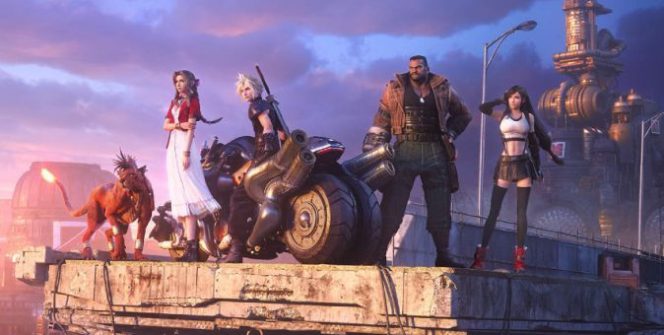
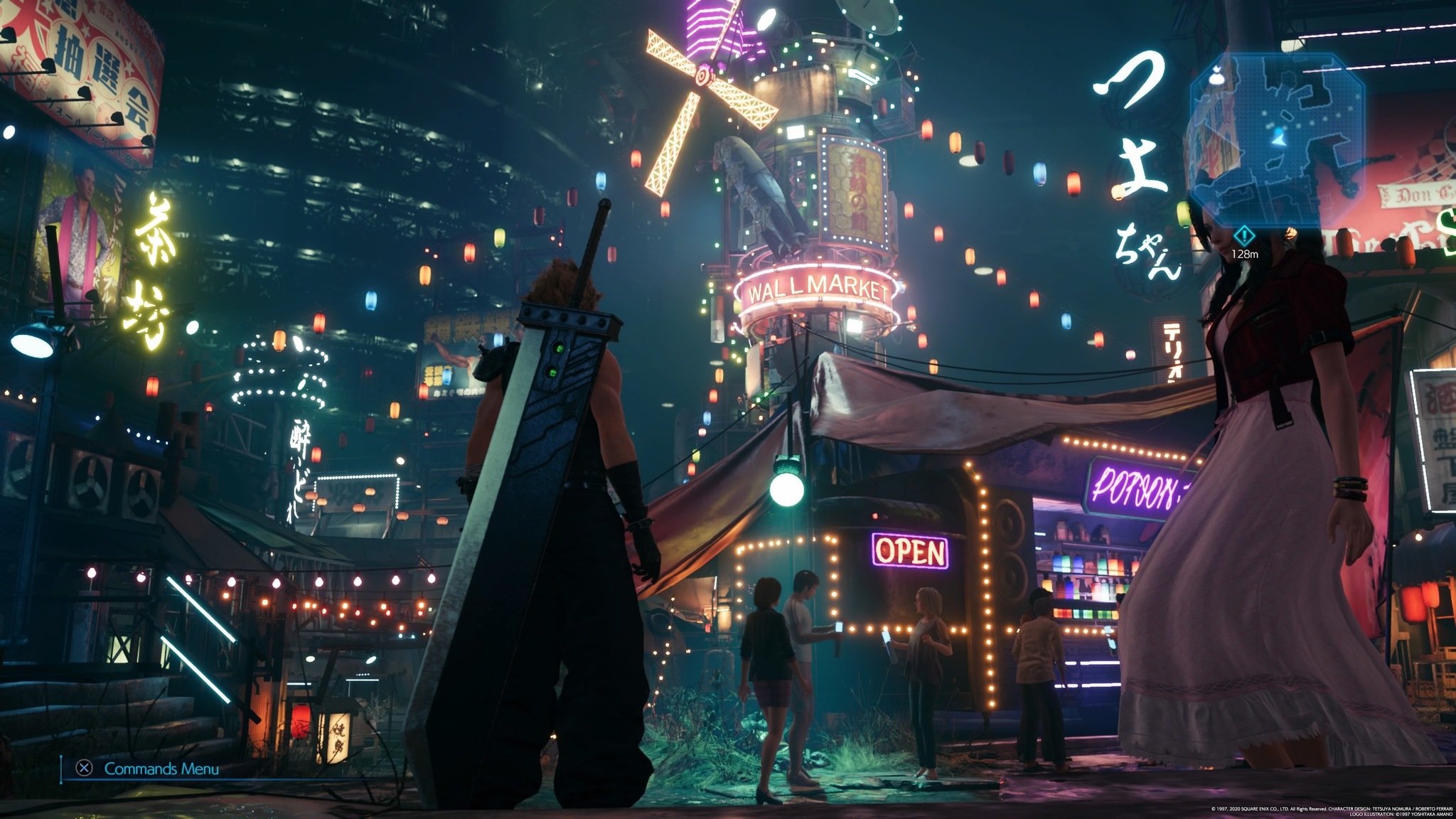
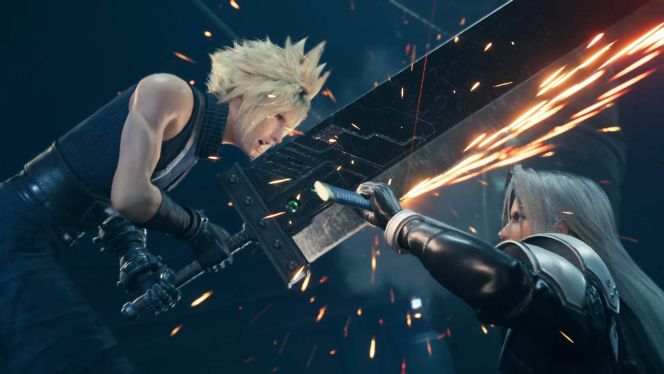
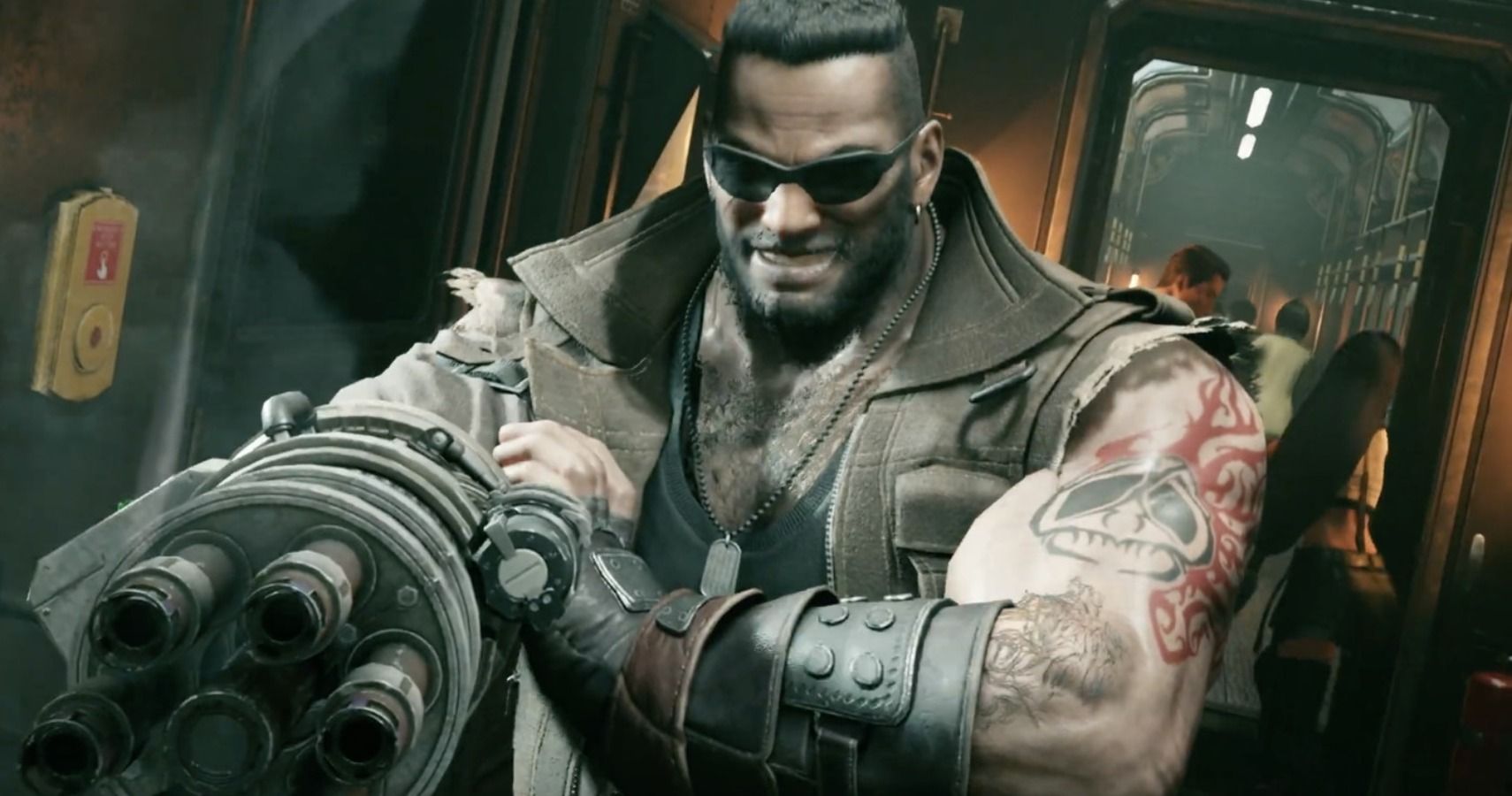
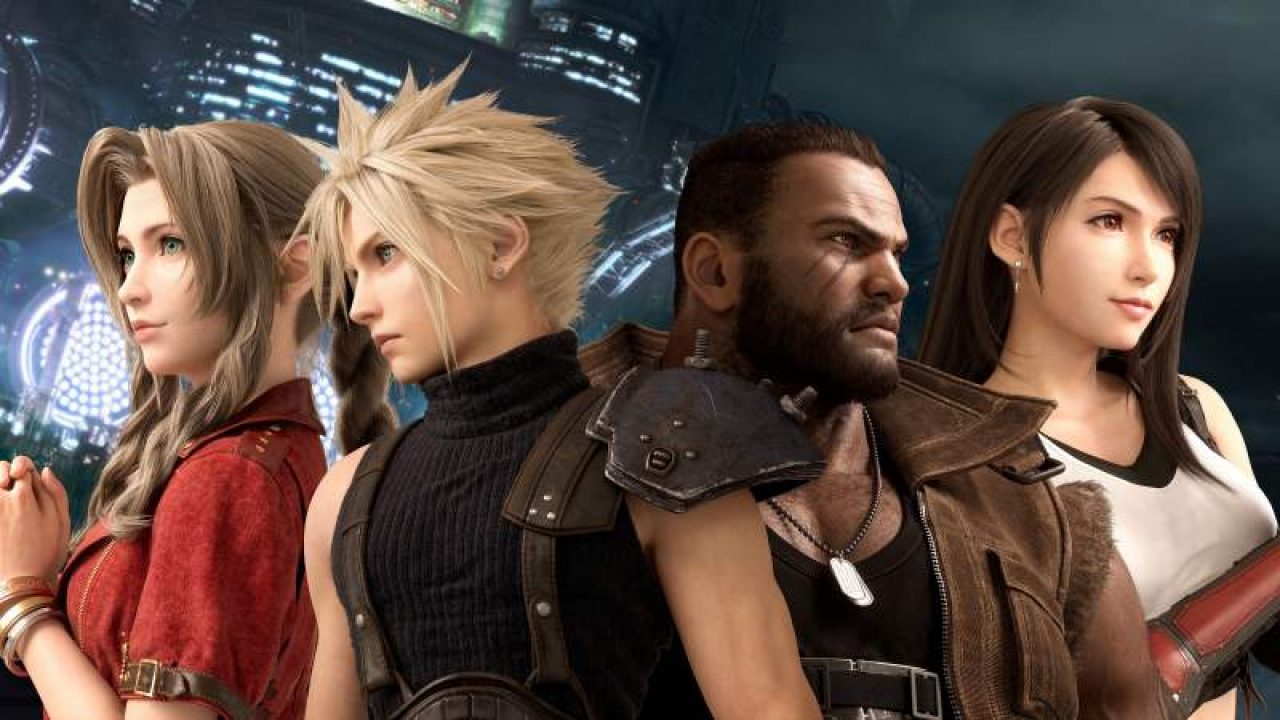

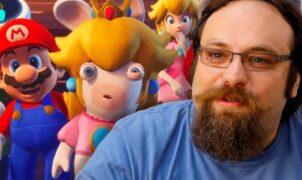

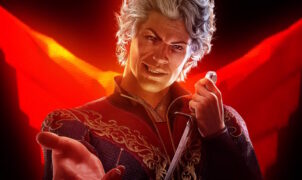
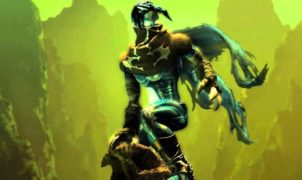
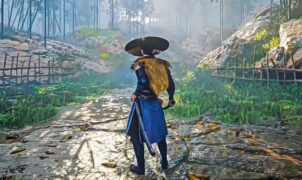
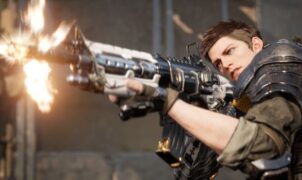

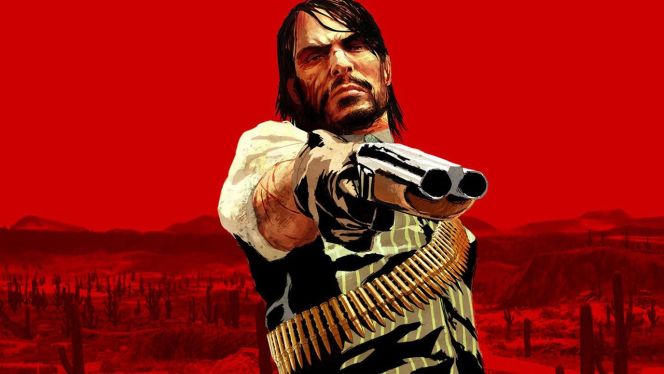

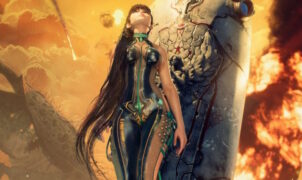




Leave a Reply